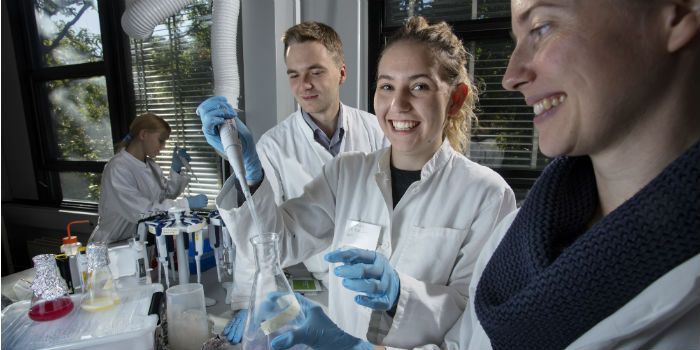News
Danish research could revolutionise snakebite treatment
This article is more than 8 years old.
Identifying snakebite sources via blood samples could help saving thousands in the future

So, is this a coral snake or scarlet kingsnake? Only one of them is poisonous (photo: Flickr – MyFWCmedia)
One of the most important things you need to be aware of when bitten by a snake is to stay calm and figure out which species of snake just bit you. You see, different snakes require different antivenom, and not getting it right can have lethal consequences.
Neither option is simple, considering that most people aren’t inclined to take a chill pill seconds after a reptile sinks its fangs into them. The vast majority of folks also don’t moonlight as herpetologists, so identifying the slithery culprit can be more than a small challenge. For instance, was that a coral snake or a king snake?
But thanks to some ongoing Danish research, all that could be a non-issue in the future. Except remaining calm. Always remain calm. You don’t want that venom pumping around your veins with too much haste.
Students from DTU Biobuilders are in the process of developing an apparatus that can ensure that snakebite victims receive the correct antivenom.
The apparatus is designed to work by analysing a blood sample to ascertain which snake administered the bite – something that could prove vital to developing nations with a high frequency of snakebites.
“Our focus is particularly on the areas where snakebites have the greatest consequences. If a family father in southern Africa gets the wrong antivenom and becomes disabled, it impacts him and all the people he needs to support,” said Ivan Doudka, one of the DTU students.
READ MORE: Danish researchers find the key to snake bite anti-venom
A gem for iGEM?
Snakebites are the cause of over 100,000 deaths globally each year, as well as 400,000 cases of disability, and having the correct antivenom is paramount to reducing those figures.
The DTU team will put forth their results at the iGEM competition in Boston, one of the biggest synthetic biology contests in the world. But before then, they need to prove their apparatus can trace different types of snake venom in the blood samples.
“I look forward to seeing how our project compares to the other teams. But I’m also a bit nervous about the limited time we have to reach all our goals before the deadline,” said Kostas Kalogeropoulos, a member of the group.











































